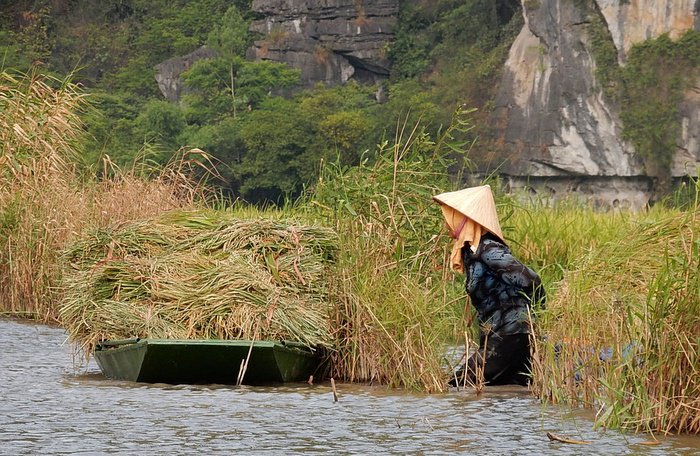Keep it green: So much water, so little to drink

PHUKET: “And not a drop to drink”, bemoan the parched and stricken seaman drifting to oblivion on a windless sea in Coleridge’s ‘The Ancient Mariner.’ It is an irony not lost on any of us that, though most of the earth’s surface is covered by water, it is largely saline and undrinkable.
However, even on so-called dry land, criss-crossed by rivers and streams, and pock-marked by freshwater lakes, adequate supplies of the precious stuff are running low. So acute is the problem that the Pope – no less – has weighed in to the conservation debate with an encyclical urging new measures to combat the threat. Unsurprisingly, it is estimated that by 2025, water scarcity will pose a global threat.
Does this affect Thailand? Well, yes, it does. You would hardly think so, since the country has 25 major river basins, and an average annual rainfall of 1,700 millimeters. Bangkok, let it be known, was under water some 500 years ago, and boasted a canal system more extensive than that of Venice.
Even so, the facts speak for themselves. Though we are in the midst of a particularly heavy monsoon here in Phuket, parts of Northern Thailand are in the grip of a drought, the worst in ten years.
The country’s central plain possesses no large reservoirs and is heavily reliant on dams. These in turn reduce the flow along those rivers which constitute the main source of running water. Agriculture is a thirsty business: in Thailand, the sector takes up a massive 70 per cent of the nation’s total water supply.
In North America, the vast prairies are devoted to the cultivation of wheat, a crop which requires relatively little moisture once past the green shoot stage. The picture is totally different in Thailand, where the staple crop is rice and rice needs abundant water through most of its growing cycle.
Although much of the crop, 9.2 million hectares in total, has been traditionally dependent on the monsoon rains, more and more paddies are now reliant on expensive and updated irrigation technology. This has not only led to the decline of the small peasant farmer, but has resulted in the large-scale diversion and consumption of water from outside sources..
True, the so-called green revolution has increased production and the possibility of growing three crops a year, but it has generated its own massive problems. There is now 40 to 60 per cent less water for other uses; water-logged areas; and heavier usage of pesticides and herbicides has led to the pollution of streams, rivers and the contamination of ground water systems. These initiatives have also led to the loss of biodiversity, a decrease in traditional rice varieties and farming methods and reduced resistance of some species to disease.
Of course the problem has been exacerbated by a raft of other factors, some more controllable than others. The two huge problems worldwide – and here is not the place to discuss them – are the global population explosion, especially in developing countries, and the vexed issue of climate change driven by our calamitous dependence on fossil fuels.
Indeed, if you think Thailand’s problems are unique, think again. Take the ‘golden state” of California. It is one of the richest and most fertile places on God’s earth with almost eight million acres under cultivation that should truly make it the fruit basket of an entire nation.
However, similar to parts of Thailand, it has been suffering from one of the worst droughts in its recorded history. Its principal ground water source, the Ogallala aquifer, has been so severely over- exploited that water rationing is being introduced.
Also similar to the Mekong in Southeast Asia, the mighty Colorado river has been over-allocated, and the provision for irrigation, on which the state’s agriculture is so heavily dependent, is being rationed.
Just as parts of Northern Thailand are becoming an artificial agricultural heartland, so too is California, where 80 per cent of the water used in cultivation does not arrive naturally in the form of rain, but is diverted from rivers, or pumped from aquifers or groundwater reserves. Now even California is having to cut down on its hectares of fruit and vegetables.
At the end of the day, you can manipulate Mother Nature, but you can never ignore her.
Dr Patrick Campbell has written more than 300 gardening columns for the Phuket Gazette. In the newspaper’s revised format, he will still contribute one monthly piece on gardening and another on environmental issues. If you have a question or a garden that you would like to see featured, email Patrick at drpaccampbell@gmail.com. Many of Patrick’s past articles and his academic and creative publications can be accessed at patrickaccampbell.wordpress.com.
— Patrick Campbell
Latest Thailand News
Follow The Thaiger on Google News:


























